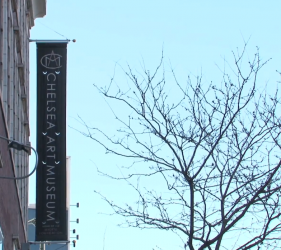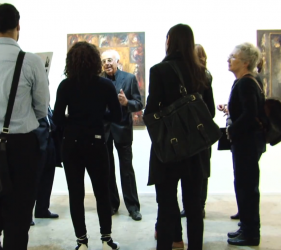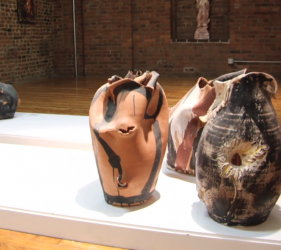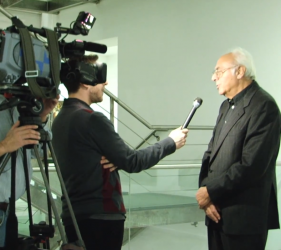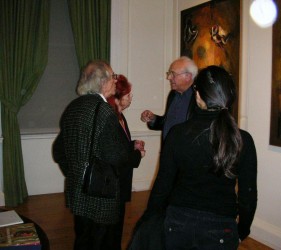Retrospective Art Exhibition 1960 – 2014
at PAN (Palazzo Delle Arti Napoli) Meseum,
Naples, Italy
24 April – 24 May 2015
On the 24 of April, 2015 the retrospective art exhibition Magia di Iconee Mediterranee, has been launched at PAN of Naples were 60 artworks, from 1960 to 2014, were shown. Journalist Ermanno Corsi, art critique Nino D’Antonio and philosopher Aniello Montano presented the event.
The show was the first in Naples after 10 years (the last exhibition was in 2004 at Palazzo Reale, Naples), after a series of shows in the US, in New York and San Francisco.
The artistic journey of the show begins with the 60’s when Ambrosino’s artistic expression was primarily influenced by the warmth, smells, colours of the Phlegraean landscape, red, tuff and sulphureous yellow. The initial figurative style gradually fades out giving space to a less defined and materialised form.
The 90’s are a major artistic turning point, when the volumes, influenced by cubism, dissolve to become shapeless; art becomes introspective, a reflection on reality, an imagined reality that lives through the Icons: here images crumble and recompose, while fade and vanish in the preciosity of the colour; red becomes purple, yellow becomes gold, echoing the sacredness of Byzantine images.
________________
COMUNE DI NAPOLI
ASSESSORATO ALLA CULTURA E TURISMO
Gaetano Daniele
DIREZIONE CENTRALE
CULTURA, SPORT E TURISMO
Massimo Pacifico
SERVIZIO PROGRAMMAZIONE CULTURALE
E SPAZI PER LA CULTURA
Fabio Piero Fracasso
PAN | PALAZZO DELLE ARTI NAPOLI
Giusy Cesarelli
AREA AMMINISTRATIVA
Serafina Botta
Francesco Liscio
Carmine Senese
Antonella Torino
UFFICIO STAMPA
Violetta Luongo
DOCUMENTAZIONE, COMUNICAZIONE E MOSTRE
Maria Teresa Rossi
Alberto Ruggiero
Raffaele Tartaglia
Laura Vassallo
Caterina Zappalà
AREA TECNICA
Carla Colarusso
Servizi Museali
NAPOLISERVIZI
MOSTRA A CURA DI
Ermanno Corsi, Nino D’Antonio, Aniello Montano
ORGANIZZAZIONE
Filomena Di Meo
Bell’Arte
Associazione per la promozione
dell’arte e della cultura
di Angelo Criscuoli

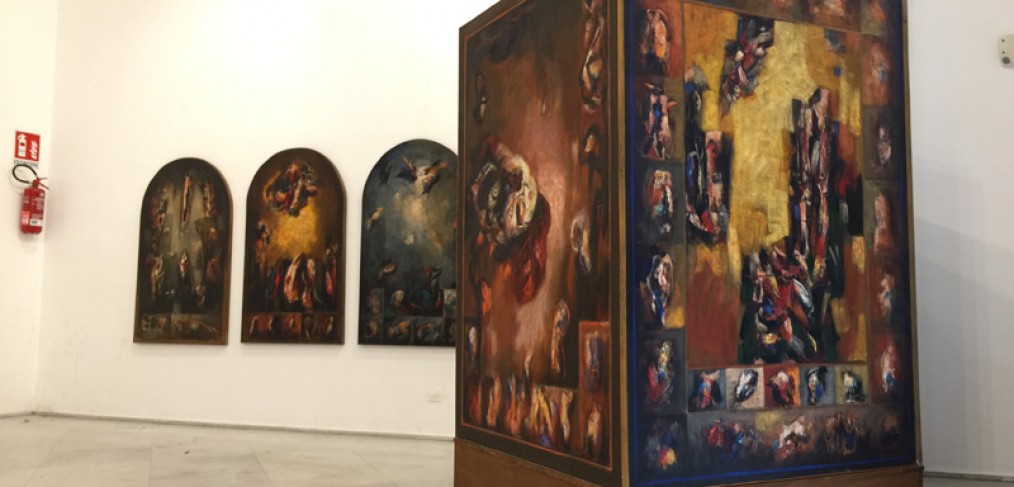
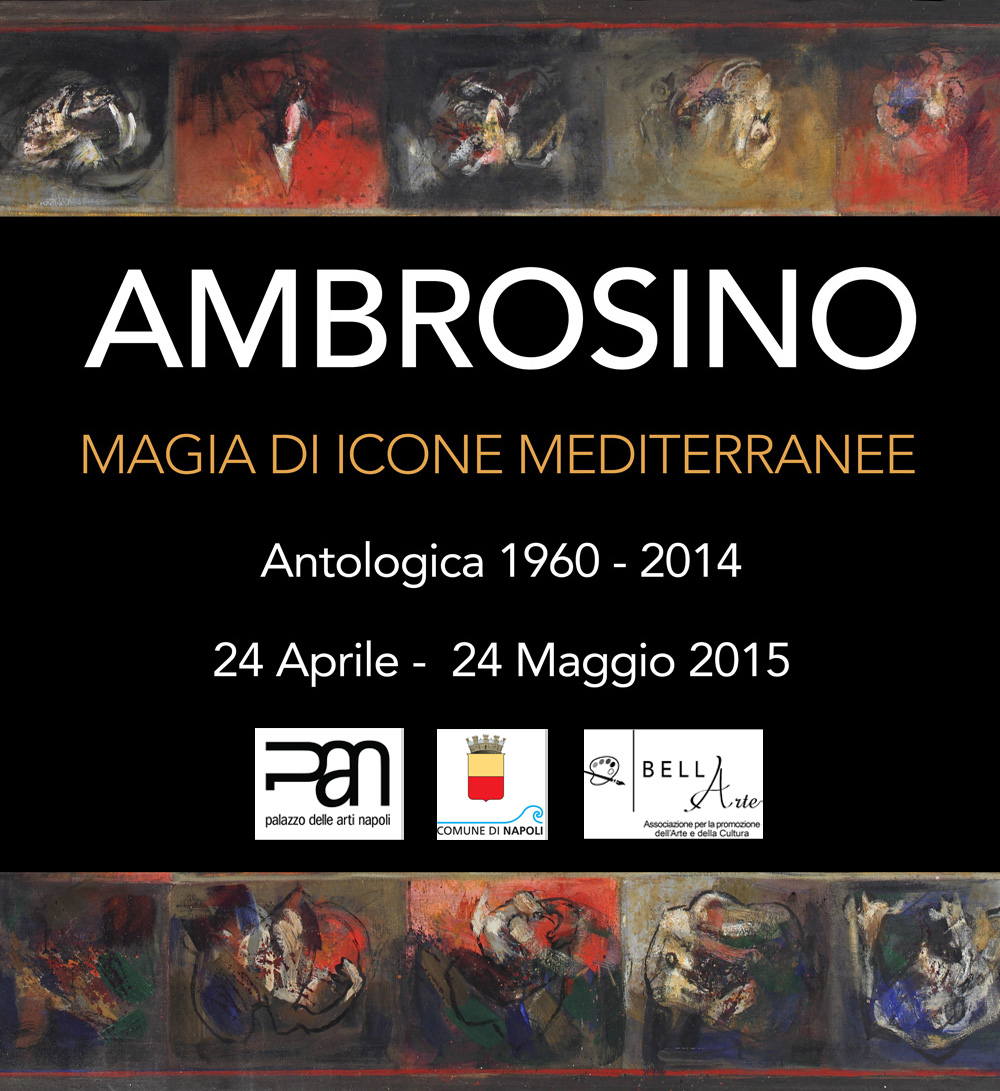
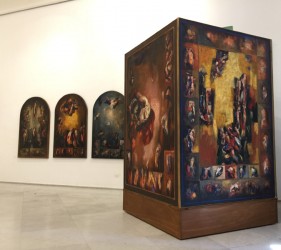
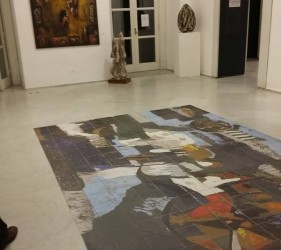
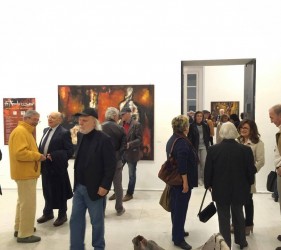



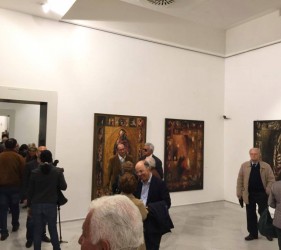
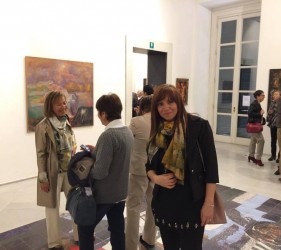

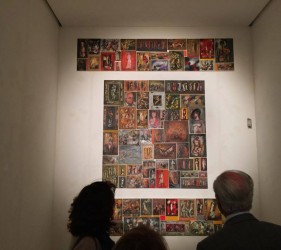
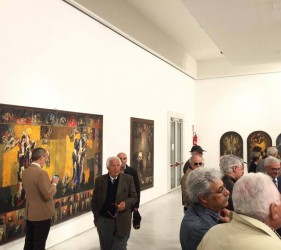
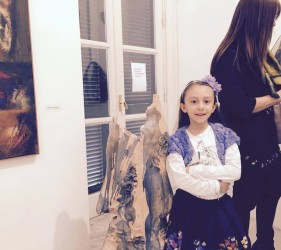

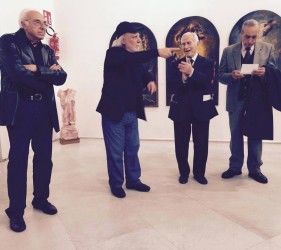


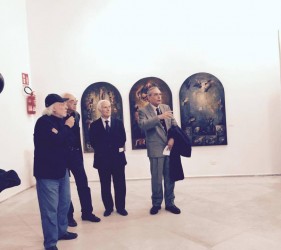
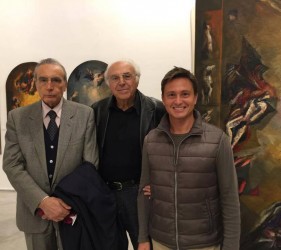
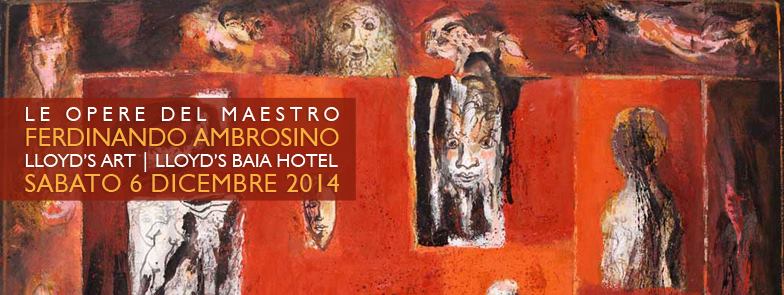
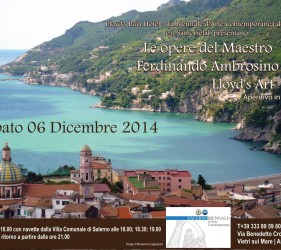
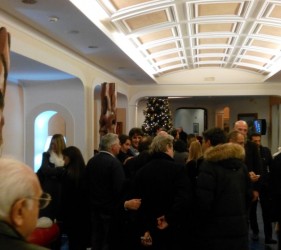

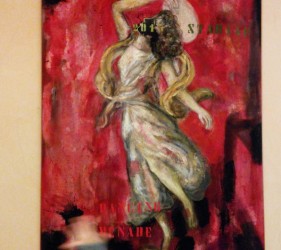
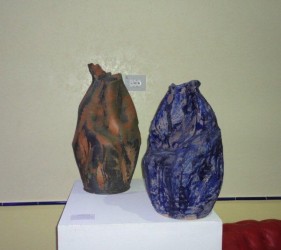
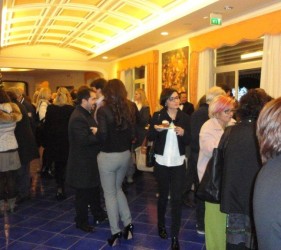
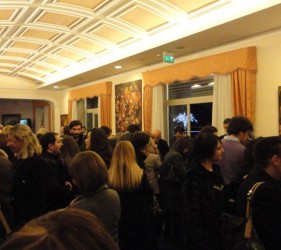

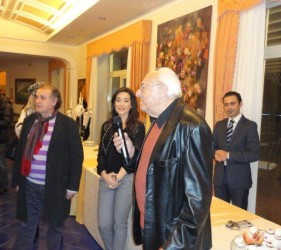
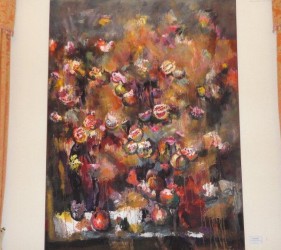
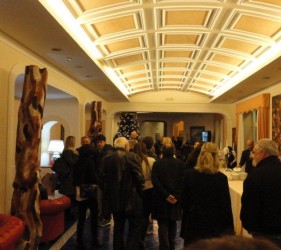

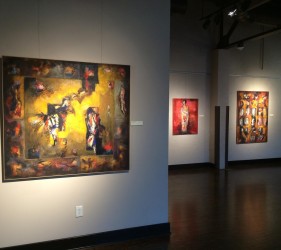
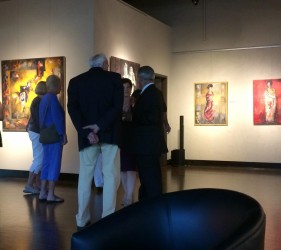
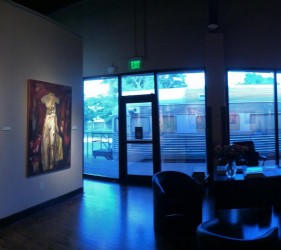

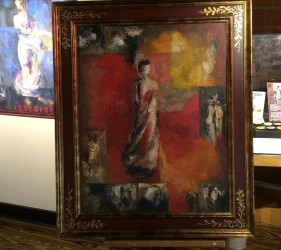
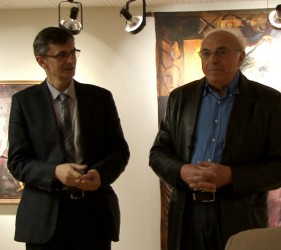
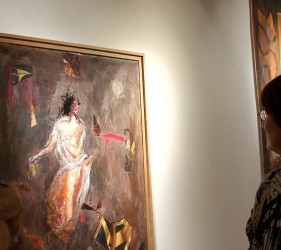
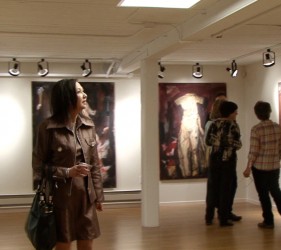
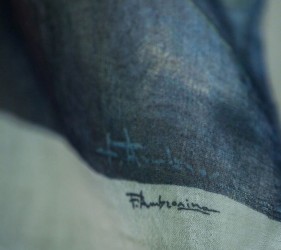
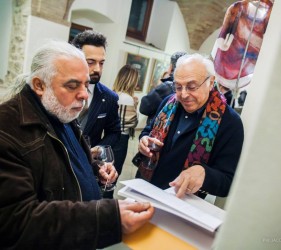
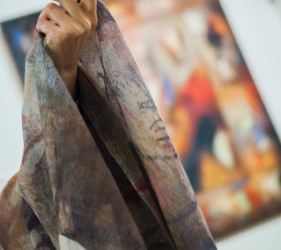
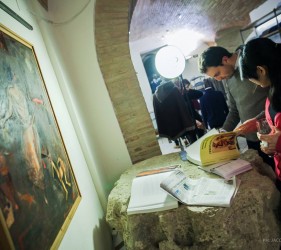

 Ferdinando Ambrosino began as a painter of landscapes, only to become a painter of icons. How and why did such a radical transformation, which suggests more than ordinary stylistic evolution, take place? Such a dramatic change of subject, content and form suggests an event of major significance,a psychological awakening brought on by nothing less than a spiritual epiphany or an emotional trauma.
Ferdinando Ambrosino began as a painter of landscapes, only to become a painter of icons. How and why did such a radical transformation, which suggests more than ordinary stylistic evolution, take place? Such a dramatic change of subject, content and form suggests an event of major significance,a psychological awakening brought on by nothing less than a spiritual epiphany or an emotional trauma.